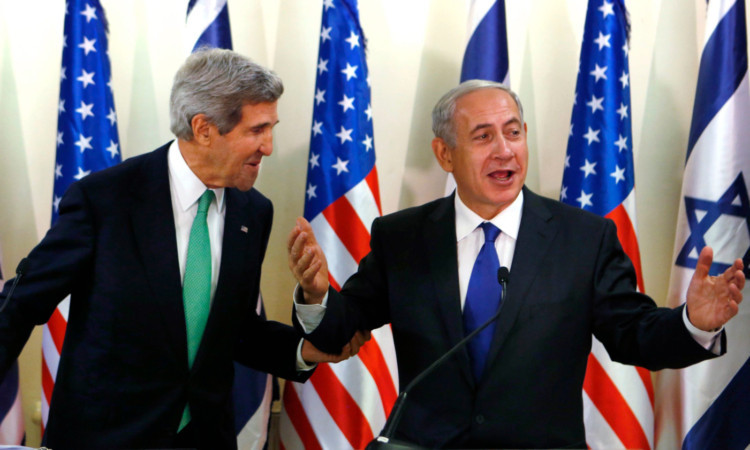The main Western-backed Syrian opposition group has called for a ban on the use of ballistic missiles and air power by President Bashar Assad’s forces in addition to the prohibition on chemical weapons.
The Syrian National Coalition’s statement comes a day after Russia and the United States reached an agreement to secure and destroy the Syrian government’s chemical stockpile, averting for now US military strikes against the Assad regime.
But the framework deal does not address Syria’s broader civil war or the use of conventional weapons, which have been responsible for the vast majority of the more than 100,000 deaths in the conflict.
“Chemical weapons attacks are a part of a bigger scheme of crimes against humanity committed by the Assad regime, including using the Syrian air forces and ballistic missiles on residential areas,” the coalition said in a statement posted on its official website.
“The Syrian coalition insists that the prohibition of the use of chemical weapons, which killed more than 1,400 Syrian civilians, be extended to include the prohibition of the use of air forces and ballistic missiles on residential areas.”
While such a ban would likely curb the bloodshed in some areas, it’s unclear how such a ban would be imposed or enforced.
The US and Russia struck a framework agreement on Saturday to secure and destroy Syria’s chemical stockpile.
US Secretary of State John Kerry sent a strong warning to Syria, saying that “the threat of force is real” if it does not carry out the plan to hand over its chemical weapons.
Mr Kerry issued the warning during a stop in Jerusalem where he discussed the new US-Russian plan to rid Syria of its chemical weapons by the middle of next year.
Mr Kerry stressed that it would be crucial for Syria to honour the agreement. Otherwise, the US threat to use military force against Syria remains in effect.
He added: “We cannot have hollow words.”
A high-ranking Syrian official has welcomed the agreement, calling it a “victory” for Damascus.
The comments from Minister of National Reconciliation Ali Haidar to Russian state news agency RIA Novosti are the first by a senior Syrian government official on the deal struck on Saturday in Geneva.
